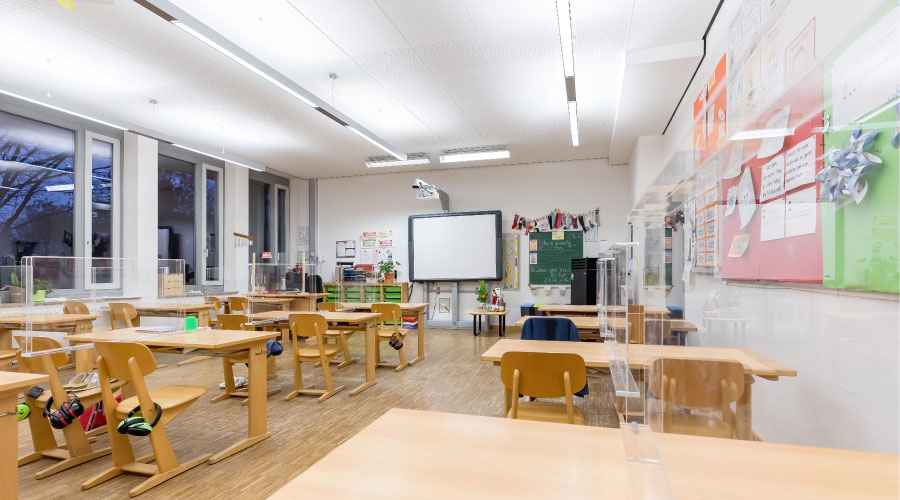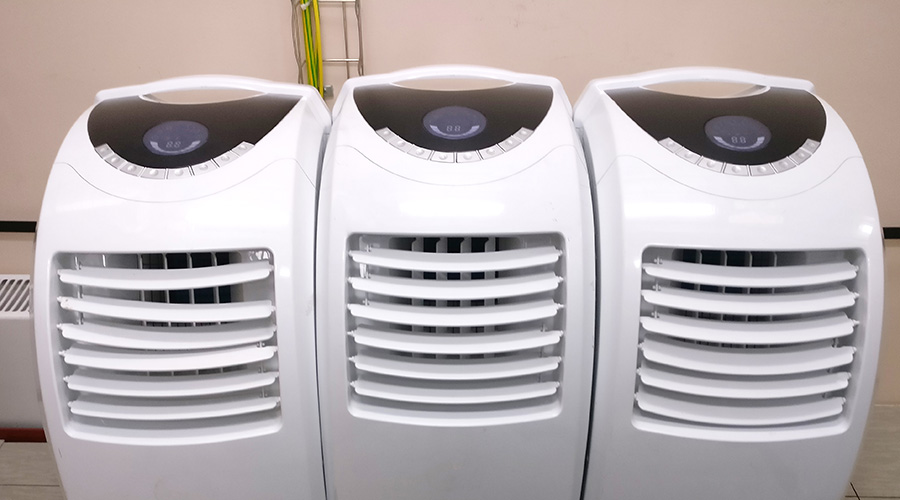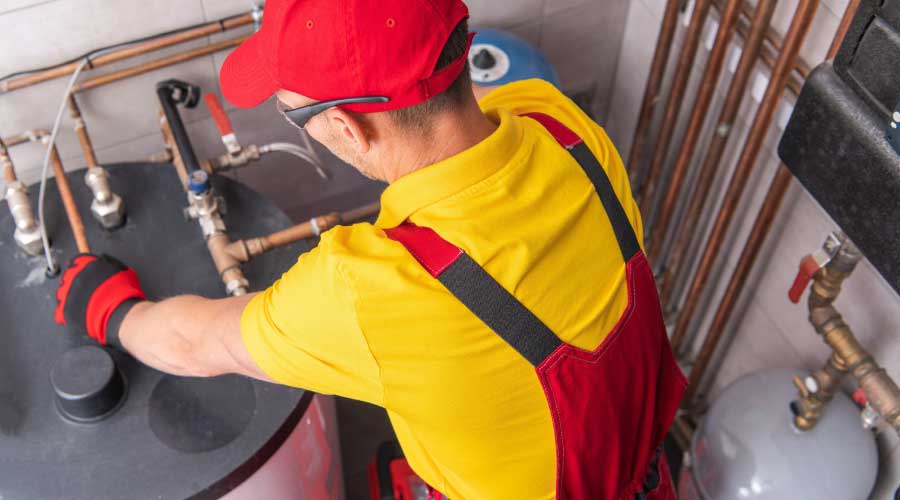How to Implement a Hot-Water-Maintenance Program
Top-quality, efficient, and low-maintenance water heaters and boilers are essential elements in ensuring energy efficiency and reliability. Equally important, however, is a properly designed and operational hot-water-maintenance program for the facility.
Building occupants will complain if it takes too long for hot water to flow from a tap. The goal is to have a program that reduces the time it takes to receive hot water at the point of use when the fixture opens.
Installing plumbing fixtures requiring hot water close together and close to the water heater or boiler is the simplest and best way to reduce wait times. This step also reduces materials and energy used to maintain hot-water temperature.
Managers also need to take these components and systems into account in developing a comprehensive maintenance program:
Pumped recirculation systems. In large facilities, managers often cannot locate plumbing fixtures near the hot-water heating source. The most common way to supply hot water quickly to an outlet is to add a second pipe and pump to the system that circulates the water through the heater to the hot-water-distribution system.
In smaller applications, the pump can feature motion sensors in the toilet or shower room that signal when users are present, activating the recirculation pump. Larger applications can use controls to turn off the system at night, on weekends and when not in use.
These systems can be complex and difficult to operate properly. If technicians do not balance the system, hot water will not travel to its longest runs. Systems should have balancing valves on every branch line, and technicians should test and balance the system at start-up and check it at least every five years.
Heat-maintenance systems. Sometimes called heat-trace systems, these systems use a wire system wrapped around the hot-water piping under the pipe insulation. New systems can monitor pipe temperatures and modulate the amount of heat applied as needed. They also can monitor breaks in the wire, alerting technicians when the system is not operating properly. These systems do not require pumps or an added piped-loop system.
Heat-maintenance systems are not as complex as piped systems, but they do feature panels located throughout the system that technicians should monitor. Technicians also should have a procedure for responding to trouble signals and repairing breaks in the wire.
Temperature-mixing valves. Technicians must maintain system water temperatures to reduce the risk of temperature spikes that can injure users. They can achieve this goal with temperature-mixing valves installed at the water heater or point of use.
Manufacturer representatives can calibrate these valves at the time of building start-up. Subsequently, in-house technicians should recalibrate them every five years with the help of a manufacturer-approved technician.
Geothermal systems. These systems use the mean earth temperatures — in most places, about 55 degrees — to cool a building. The excess heat from the HVAC system can heat or pre-heat domestic water systems — a process becoming more common in schools and health clubs.
The systems require a little more maintenance than water-source-heat-pump HVAC systems. They have an added heat exchanger to preheat the domestic hot water and require a primary gas, electric, or steam water-heater system when water in the HVAC water loop is not hot enough. Start-up commissioning and retrocommissioning every five years should keep the systems operating properly.
Demand is on the rise for energy- and water-efficient buildings, which in turn is creating new demands on maintenance and engineering departments. Understanding the differences between domestic hot-water systems and their technologies will help managers and technicians work more proficiently in ensuring their efficiency and reliability.
Winston Huff, CPD, LEED AP — whuff@ssr-inc.com — is a project manager, plumbing designer and sustainability coordinator with Smith Seckman Reid Inc. — www.ssr-inc.com — a full-service engineering design and facility consulting firm.
Related Topics:















